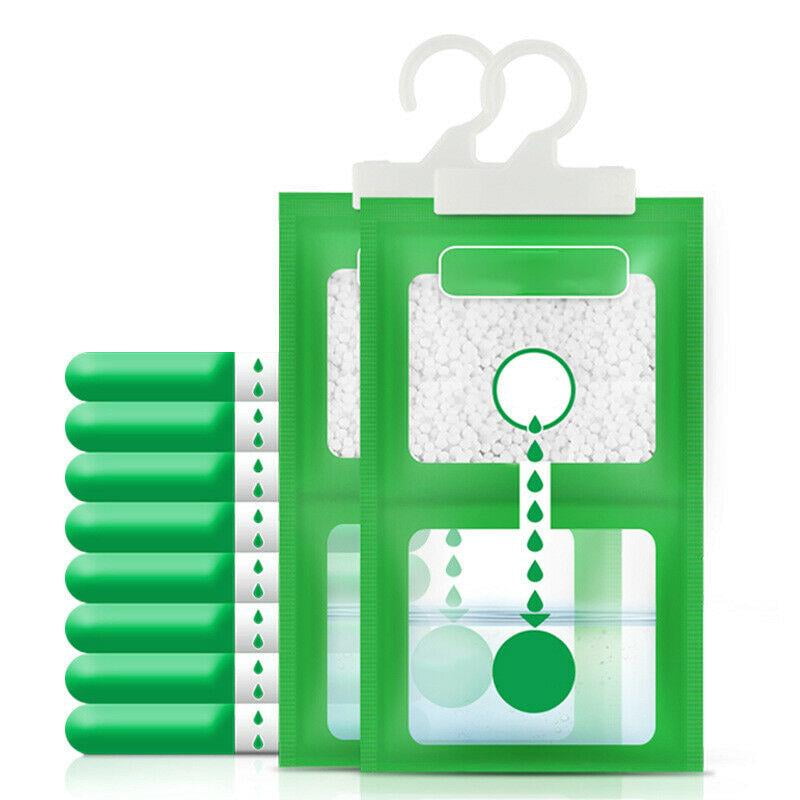Facts About "Benefits of Using a Closet Dehumidifier - Say Goodbye to Dampness!" Uncovered

When it comes to keeping your storage room dry out and totally free from excess dampness, a dehumidifier is an essential tool. But with therefore many options on call in the market, it can be very frustrating to opt for between a DIY dehumidifier or a store-bought one. Both options have their advantages and downsides, so it's vital to consider your specific demands just before producing a selection. In this blog article, we will certainly contrast DIY dehumidifiers with store-bought ones to aid you find out which style is right for you.
DIY Dehumidifiers:
Several individuals choose for DIY dehumidifiers because they are cost-effective and effortless to make. One of the easiest approaches is making use of charcoal briquettes or switched on charcoal. This Article Is More In-Depth has actually outstanding saturation residential properties and may successfully remove excess moisture from the sky in your wardrobe. To develop a DIY charcoal dehumidifier, all you need to have is a container or net bag packed along with charcoal briquettes or activated charcoal.
Another well-known DIY option is using rock salt. Rock salt can absorb wetness coming from the air and aid keep your wardrobe dry out. To help make a rock salt dehumidifier, position some rock salt in a container or textile bag and put it inside your storage room.
While DIY dehumidifiers might seem like an desirable choice due to their low expense and simplicity of development, there are particular limitations to think about. Firstly, they may not be as effective as store-bought dehumidifiers in removing excess moisture coming from the sky. The intake capability of home made options may vary relying on elements such as the measurements of the compartment used and the quality of materials.
Store-Bought Dehumidifiers:
Store-bought dehumidifiers are specifically made for removing excess wetness from enclosed spaces like wardrobes. They come in several sizes and styles such as electricity dehumidifiers, desiccant bags, and reusable dampness absorbers.
Electricity dehumidifiers are the most popular type and are powered through electrical power. They function by pulling in wet air, which passes with a cooling down roll that condenses the dampness. The short water is then gathered in a container while completely dry sky is released back into the room. Power dehumidifiers are strongly effective and can eliminate a notable volume of dampness from your wardrobe.
Desiccant bags are another well-known store-bought possibility. These bags consist of moisture-absorbing components such as silica gel or calcium mineral chloride. Desiccant bags are convenient to use as they demand no electrical power and can be simply positioned inside your storage room. They gradually take in moisture coming from the air and can easily be reenergized or switched out when they hit their intake ability.

Reusable humidity absorbers are comparable to desiccant bags but typically happen in much larger sizes. They have absorbent crystals or pellets that may successfully clear away excess dampness coming from your closet for an extensive period. These absorbers generally possess an red flag that alter different colors when they need to have to be charged or switched out.
Store-bought dehumidifiers provide numerous advantages over DIY choices. First and foremost, they are exclusively created for dehumidifying confined spaces like closets, ensuring maximum productivity in taking out excess humidity. In addition, store-bought dehumidifiers usually come with component like modifiable moisture environments and automated shut-off, making them even more hassle-free to make use of.
Essentially, the selection between DIY dehumidifiers and store-bought ones relies on your details necessities and finances. If you have a small wardrobe with low wetness concerns, a basic DIY remedy like charcoal briquettes or rock sodium might are sufficient. Having said that, if you have a much larger storage room or experience notable moisture concerns, spending in a store-bought dehumidifier would be a lot more successful in maintaining your possessions risk-free coming from mold and mildew and mold.
In final thought, both DIY dehumidifiers and store-bought ones possess their values depending on the dimension of your storage room and the seriousness of humidity concerns. DIY choices are cost-effective and quick and easy to make, but might not be as dependable as store-bought dehumidifiers. On the other hand, store-bought dehumidifiers give much higher performance and comfort, but come at a much higher rate aspect. Look at your specific requirements and decide on the choice that finest match your requirements for a dry and well-protected storage room.
